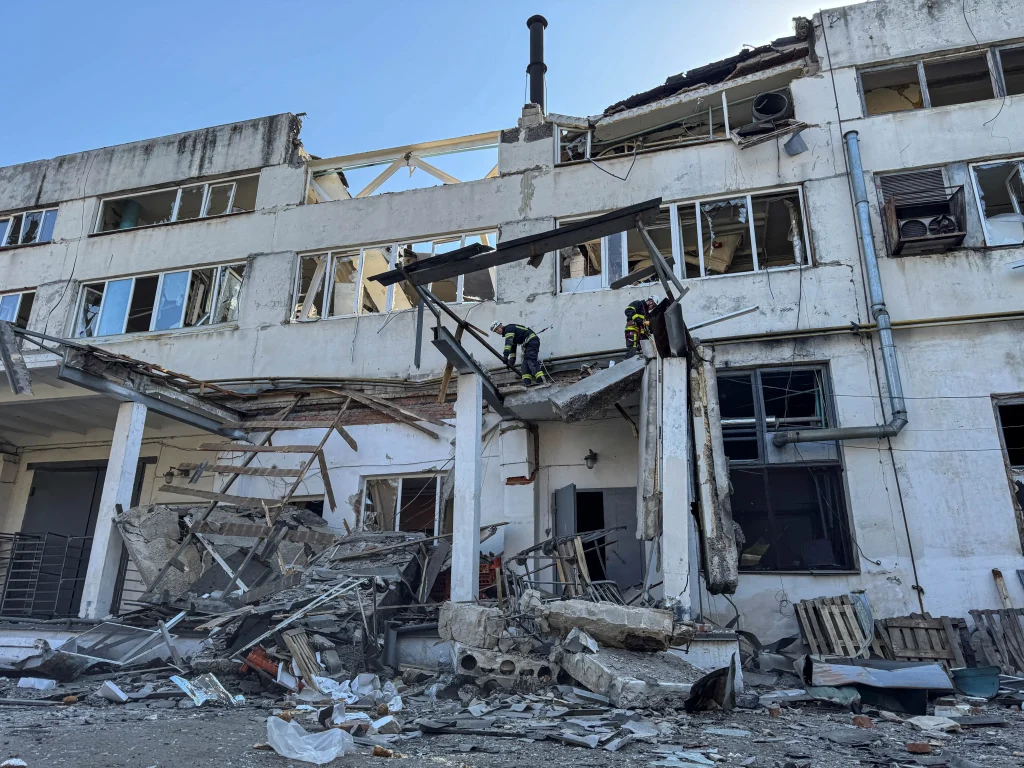The World Health Organization (WHO) on Friday officially declared Noma (cancrum oris or gangrenous stomatitis) as a Neglected Tropical Disease (NTD). This decision followed the recommendation from the 17th meeting of the Strategic and Technical Advisory Group for Neglected Tropical Diseases, highlighting WHO’s commitment to expanding health services to vulnerable populations worldwide.
In November, the Nigerian Federal Government, alongside Médecins Sans Frontières and 31 other member states, had proposed the inclusion of Noma in the WHO’s NTD list. Noma is a severe gangrenous disease affecting the mouth and face, primarily targeting malnourished children between the ages of two and six in areas of extreme poverty.
The disease begins as gum inflammation and rapidly progresses, destroying facial tissues and bones if untreated, often resulting in death. Survivors face severe disfigurement and lifelong social stigma. Due to the fast progression of the disease and the stigma surrounding it, accurate case numbers are challenging to estimate.
While most Noma cases are found in sub-Saharan Africa, incidences have also been reported in the Americas and Asia. Noma is believed to be caused by bacteria in the mouth, with multiple risk factors, including poor oral hygiene, malnutrition, weakened immunity, and extreme poverty. Although not contagious, Noma tends to strike those with compromised immune systems.
Early detection is crucial as the disease is most treatable at the onset, manifesting as severe gum inflammation known as acute necrotizing gingivitis. Treatment at this stage involves antibiotics, oral hygiene support with disinfectant mouthwash, and nutritional supplements, which can lead to full recovery without long-term consequences. However, advanced cases may require reconstructive surgery, with survivors often struggling with eating, speaking, and social isolation.
“Noma is more than a disease; it is a social marker of extreme poverty and malnutrition, affecting the most vulnerable populations,” said WHO Director-General, Dr. Tedros Adhanom Ghebreyesus. The recognition of Noma as an NTD amplifies global awareness and mobilizes resources for research and control efforts.
The formal recognition of Noma as an NTD follows advocacy led by the Government of Nigeria. In January 2023, a formal request was submitted to WHO on behalf of 32 member states, backed by evidence demonstrating the disease’s burden and distribution. Noma’s inclusion in the NTD list will strengthen efforts to combat the disease, especially in underserved regions, and support WHO’s broader goals of achieving universal health coverage.
The WHO’s NTD list now includes 21 diseases, with Noma joining others like mycetoma, scabies, and snakebite envenoming. The recognition of these conditions aims to promote research, funding, and action to address their impact on marginalized communities.













